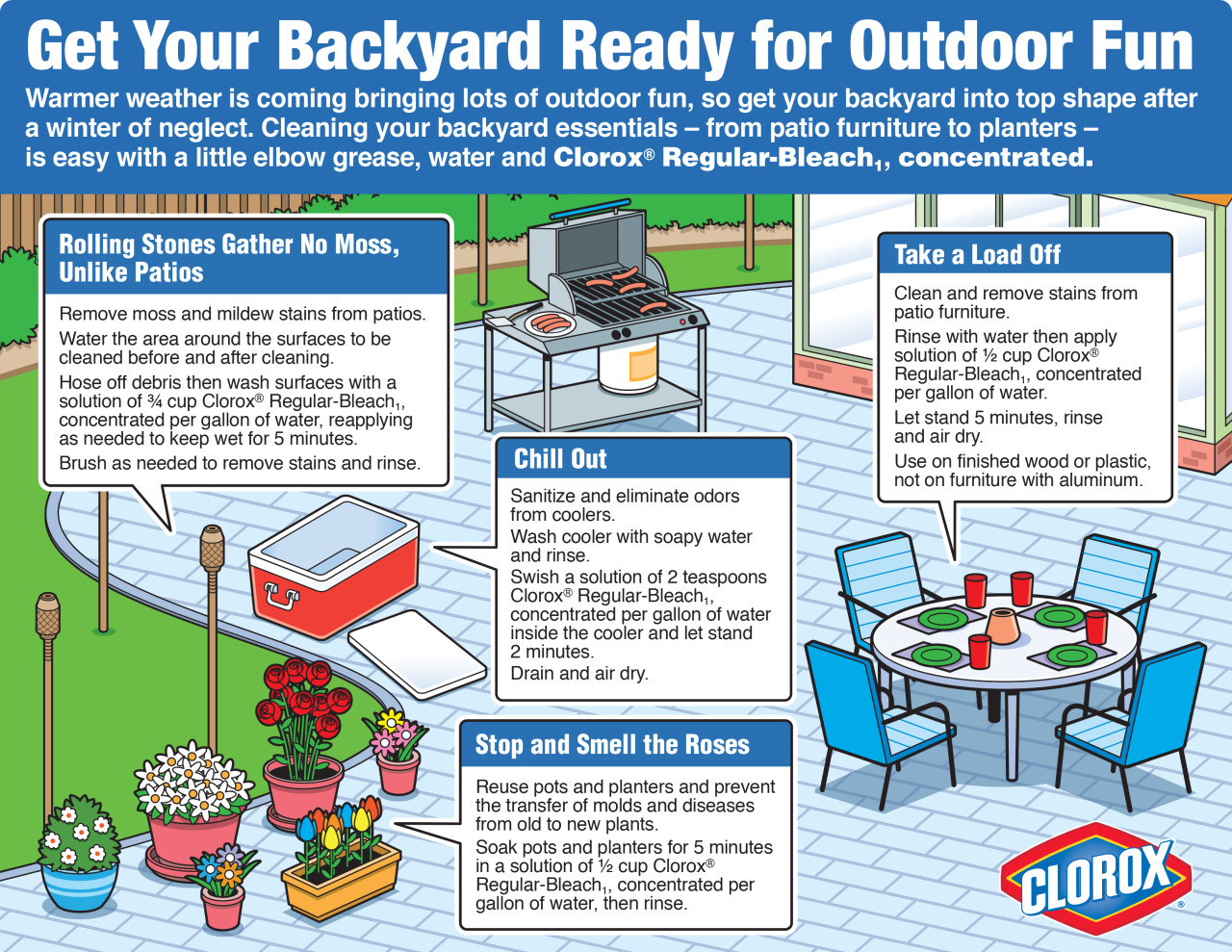Explore The Interesting Odyssey Of Reconditioning Historic Closets, Unmasking Hidden Narratives And Deciphering The Secrets Of Previous Generations
Explore The Interesting Odyssey Of Reconditioning Historic Closets, Unmasking Hidden Narratives And Deciphering The Secrets Of Previous Generations
Blog Article
Short Article Composed By-Arildsen Wilkerson
To start the journey of bring back antique cupboards, you need a keen eye for detail. fabiwood revealing concealed keys within each layer of background ingrained in the wood. Photo the contentment of revitalizing a once-forgotten piece to its previous glory. custom cabinets milwaukee of this careful procedure holds the vital to preserving the past while producing a future antique. So, are you all set to embark on this transformative undertaking and unlock the possibility of your antique cupboards?
Evaluating the Cupboard's Problem
When starting the remediation process, start by assessing the condition of the antique cupboard. Very carefully take a look at the total framework for any indicators of damage such as cracks, chips, or loose joints. Check the wood for any kind of rot, bending, or insect problem that may have taken place in time. It's important to identify the degree of the remediation needed before continuing better.
Next, evaluate the cabinet's hardware such as hinges, handles, and locks. Make note of any missing pieces or parts that need repair or replacement. Make sure that all hardware is operating correctly and firmly connected to the cabinet.
In addition, examine the cupboard's surface. Try to find any kind of scrapes, stains, or discoloration that may influence the visual appeal. Identify if the finish requires to be stripped and reapplied or if a simple touch-up will be sufficient.
Collecting the Required Tools and Materials
After assessing the condition of the antique cupboard, the next step is to collect the essential tools and products for the repair procedure. Prior to you begin, guarantee you have the adhering to items accessible:
- wood cleaner
- sandpaper in different grits
- wood filler
- paint or wood tarnish
- brushes
- handwear covers
- safety goggles
- a dirt mask
- a drop cloth
- a putty knife
- a hammer
- a screwdriver
- a hoover
These tools and products are crucial for a successful restoration.
Wood cleaner is crucial for getting rid of years of dirt and crud build-up, preparing the surface area for fining sand. Sandpaper of different grits aids in smoothing out flaws and preparing the wood for a new surface. Wood filler is handy for fixing any type of splits, openings, or damages present in the cupboard.
Repaint or wood tarnish, along with brushes, enable you to customize the cabinet to your choice. Keep in mind to put on handwear covers, security goggles, and a dust mask for protection. Lay down a ground cloth to shield your workspace, and use a vacuum to clean up any kind of particles.
With these devices and products gathered, you prepare to begin the reconstruction process.
Executing the Reconstruction Process
To successfully carry out the repair process on your antique cupboard, begin by completely cleaning the surface area with the wood cleaner. This action is essential as it helps get rid of years of dust, gunk, and old gloss that may have collected on the surface.
As soon as the cupboard is tidy and completely dry, assess the condition of the timber. Seek any kind of fractures, scratches, or other problems that need to be addressed. Usage timber filler to fix any kind of imperfections, making sure to match the filler color to the timber tone for a smooth surface.
After the repairs have dried out, gently sand the whole surface to produce a smooth and even base for the new finish. Be careful not to sand as well boldy, as you do not intend to harm the timber below.
As soon as the sanding is complete, use a timber discolor or end up of your choice, following the manufacturer's instructions. Allow the surface to completely dry entirely prior to applying a safety top coat to make sure the longevity of your brought back antique cupboard.
Conclusion
Now that you have actually completed the remediation process, your antique cabinet looks as good as new.
By adhering to the step-by-step guide, you were able to assess, repair, and enhance its problem easily.
With a fresh coating and safety top coat, your valued item will continue to shine for several years to find.
Enjoy the beauty of your brought back antique cabinet!
